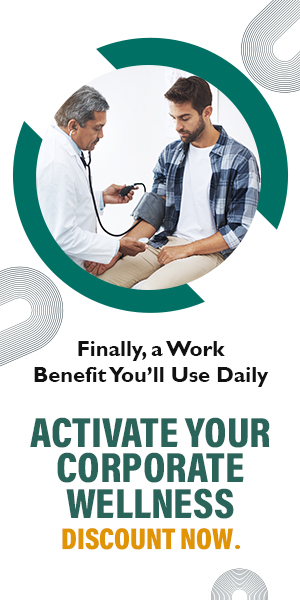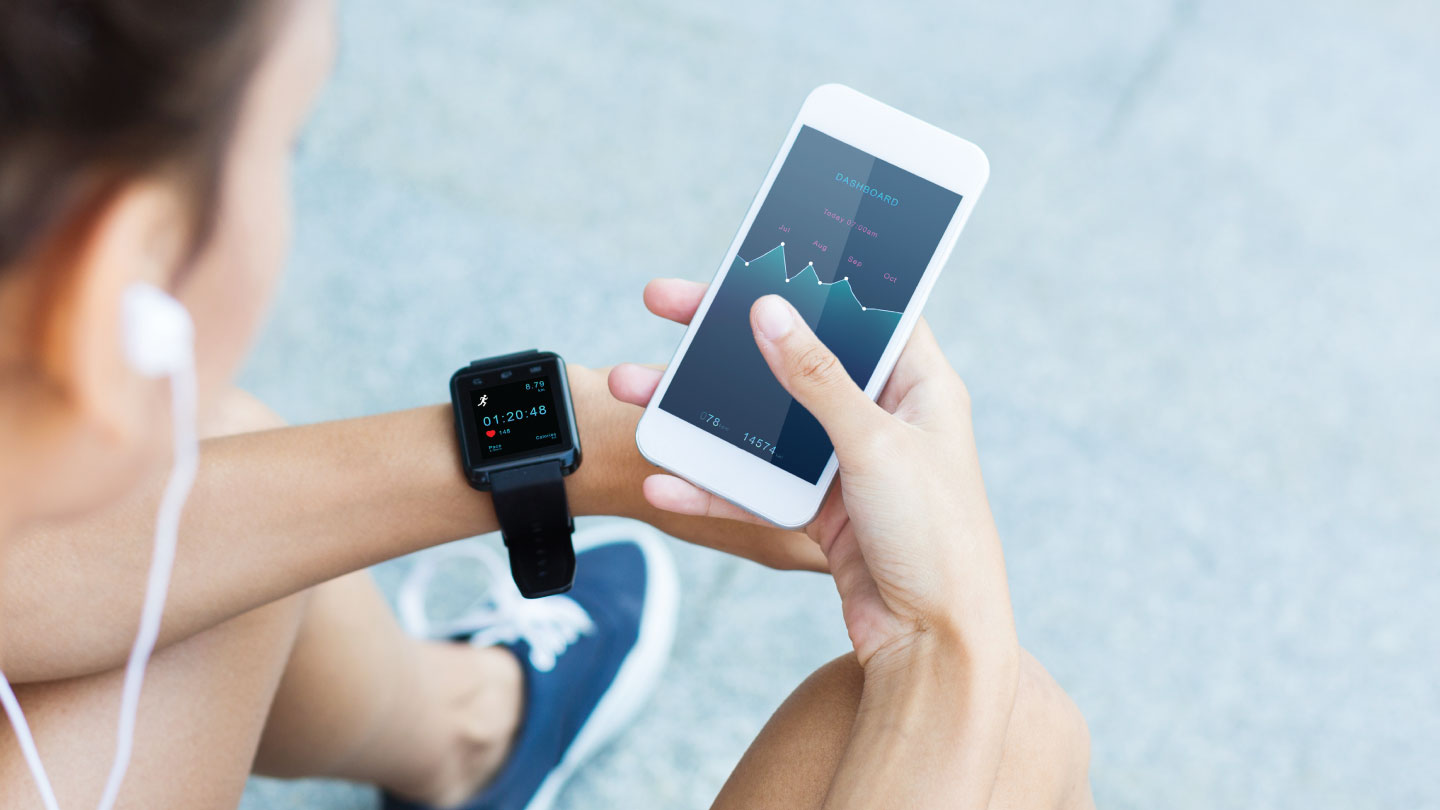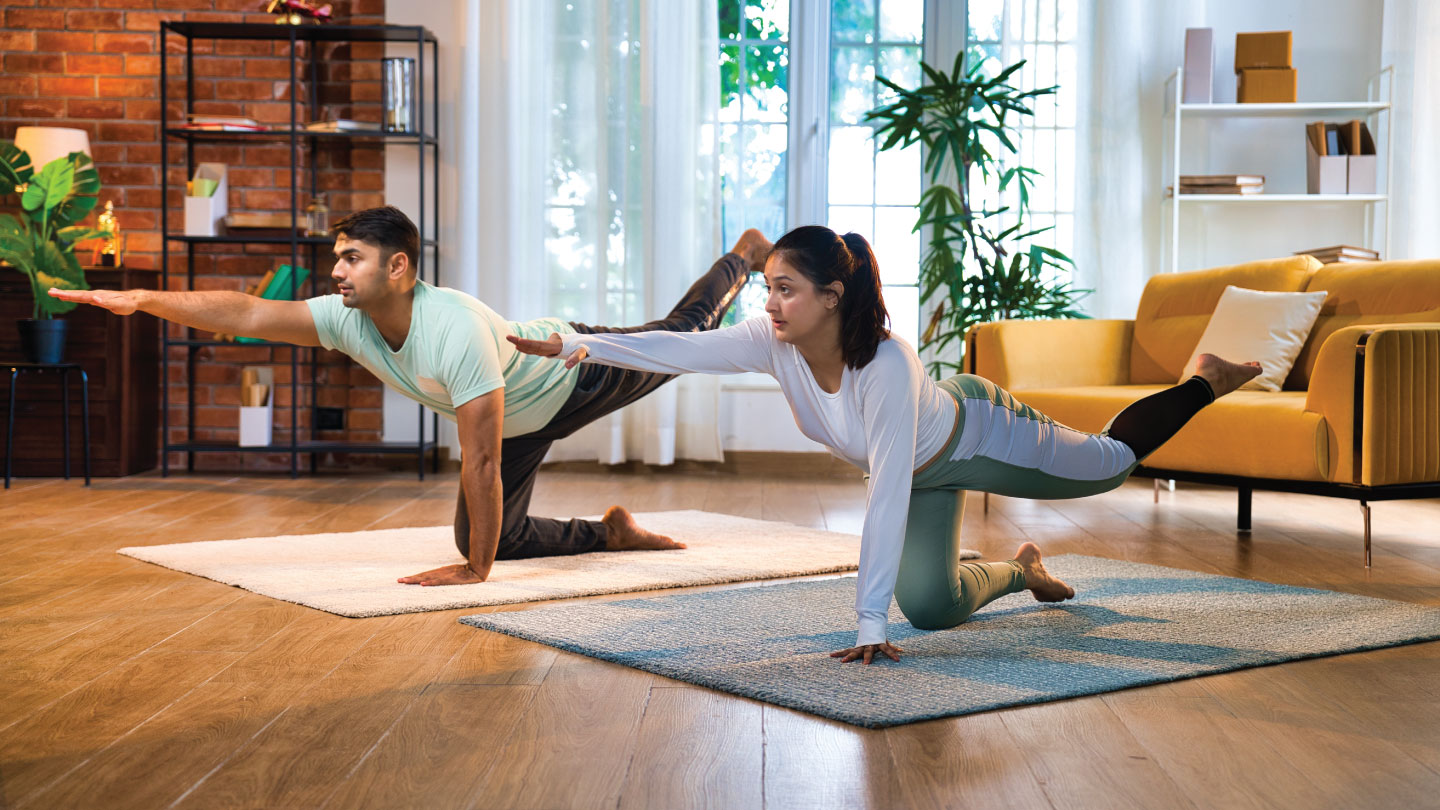Movement
5 Cycling Tips: Essential Riding Advice For Beginners
From getting the right gear and maintaining a neutral spine to avoiding leaning into handlebars, here are 5 ways to stay safe and comfortable on your bike.

While cycling may seem like a fairly easy task, issues like an inappropriate body posture, a poor-fitting helmet or uncomfortable cloths can bog you down, compromise your safety and cause medical troubles. In fact, head injuries are common in cyclists and account for most of the fatal accidents. Contusions, sprains and fractures at the hand, wrist, lower arm, shoulder, ankle and lower leg are some more common issues that can occur while cycling, finds Sports Medicine Journal. “You need a good hold over your posture and focus on things like the force you lend on spine,” says Suresh Srinivasan, a certified marathon trainer and a sports coach, New-Delhi who also did several cycling expeditions including the ones like cycling from alibaug to goa.
Related Story: 8 Benefits of Cycling For A Healthy Mind And Body
Once you have got your right bike, here are other things to look into to ride a bicycle safely, explains Mr Srinivasan.
1. Relax your shoulders
The basic mantra is to bring the shoulders down, away from your ears. This helps shoulders getting stiff. Keep releasing the tension built in your arms and shoulders by occasionally taking one hand off the handlebar. “This revitalises the blood flow to your hand, preventing numbness,” says Srinivasan.
2. See and be seen
Keep your head free and flexible. This makes it easier to turn and look for traffic and stay alert! “Also wear clothes colour coded in a way that reflects light,” says the coach. You should ideally wear neon, fluorescent, or other bright colors, be it daytime, dawn, dusk or at night. “The reflective markings, flashing lights on your head gear can also help others see you, keeping you safe.”
Related Story: 5 Benefits of Exercises That Has Nothing To Do Weight Loss
3. Use your elbows right!
“Always see that your elbows are tucked to sides instead of wide like wings. This helps lessen the strain from shoulder and hands,” says Srinivasan. Also, when you do not use your elbows right, your muscles and tendons in the forearm might get strained,” finds SAGE Open Medical Case Reports. Called as biker’s elbow, you can prevent the numbness by keeping shoulders down, elbows slightly bent and tucked back by the ribcage. “Your grip should be, as well, light and comfortable,” adds the coach.
4. Adjust your bike
Choosing a right bike is crucial to feel comfortable, avoid hip pain and other injuries. International Jourey of Sports Physical Therapy finds that one consider parameters such as saddle height, saddle setback, saddle tilt, crank length, handlebar stem and handlebar drop before starting on the ride.
As a general rule of thumb, you want the top of the handlebar about as high (or higher than) the saddle, unless you're a sporty rider looking to ride fast. Try touching your elbow to the nose of the saddle and reaching forward towards the handlebar with your hand. For a performance road position, the top of the handlebar should be about 5-6 cm below the mid-point of the saddle. For a recreational road bike position, the top of the handlebar should be level with the mid-point of the saddle, or maybe a couple of centimetres below, says Suresh.
Related Story: Running Safety-What These Marathorners Want You To Know
5. Cycle in a group
Riding in a group is fun and enjoyable, but mainly it is also a way to stay safe, says Srinivasan. “Basically, it’s like everyone is responsible for everyone’s safety. For example, when you see a potole, a car, or impending traffic you can issue a warning signal to keep the cyclists alert.” Use hand signals over shouting to alert others.

EXPLORE MORE
Pressed for time but craving results? These high-impact exercises burn maximum calories in minimum time, when done right.
Simple, practical fitness advice to help you feel stronger, healthier, and more consistent in 2026.
Callisthenics isn’t about flashy Instagram moves or avoiding the gym. According to celebrity fitness and lifestyle coach Krishna Sadvale, it’s one of the most practical ways to build strength, control, and confidence in your own body.
A home-based yoga routine can elevate energy, sharpen focus, and nurture mental calm. Discover why it’s worth starting now.







.jpg)
.jpg)

